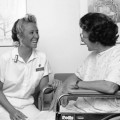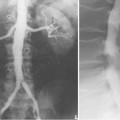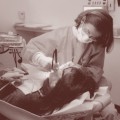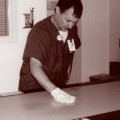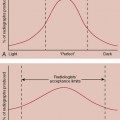CHAPTER 20 On completion of this chapter, you should be able to: • Narrate the history of the American Registry of Radiologic Technologists. • List the professions that the American Registry of Radiologic Technologists certifies. • Describe the examination procedures. • List the subject areas of the examination content. • Explain how results are reported. • Describe the rights and privileges of the registered technologist. As of publication, count of ARRT certificates in good standing is as follows: Nuclear medicine technology: 13,080 Radiation therapy technology: 18,1775 Cardiovascular-interventional technology (CV): 4076 Cardiac-interventional technology: 274 Vascular-interventional technology: 1098 Magnetic resonance imaging (MRI): 24,163 Computed tomography (CT): 38,550 The ARRT Certification Handbook is furnished to all applicants for certification and registration. The semiannual ARRT Educator Update is mailed to accredited educational programs and related organizations in radiologic technology. The ARRT Directory, which lists registered technologists, is available online at the ARRT’s website (www.arrt.org). The Annual Report to Registered Technologists is mailed each spring to all radiologic technologists. • Applicants for registration as radiographers must have completed an educational program in radiography. • Applicants for registration as nuclear medicine technologists must have completed an educational program in nuclear medicine technology. • Applicants for registration as radiation therapists must have completed an educational program in radiation therapy. • Application for certification must be made within 5 years of program completion.
The American Registry of Radiologic Technologists
History of the ARRT
Organization
Examination procedures
Educational Requirements
The American Registry of Radiologic Technologists


